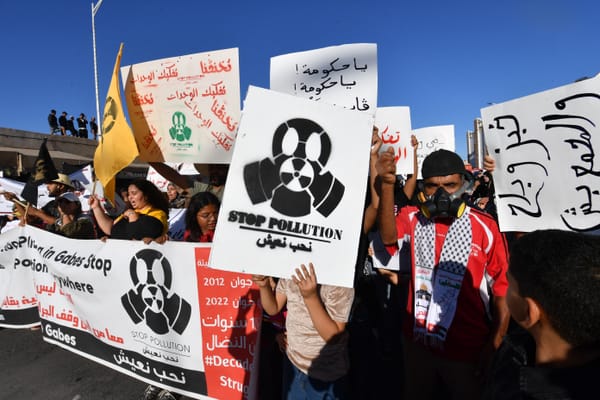Bagram, Obama's Gitmo
On President Barack Obama’s second day in office, one of the three executive orders he signed was a commitment to close the detention facility on the naval base at Guantánamo Bay as soon as possible but no later than one year thence. An inter-agency task force headed by White House counsel Greg Crai









